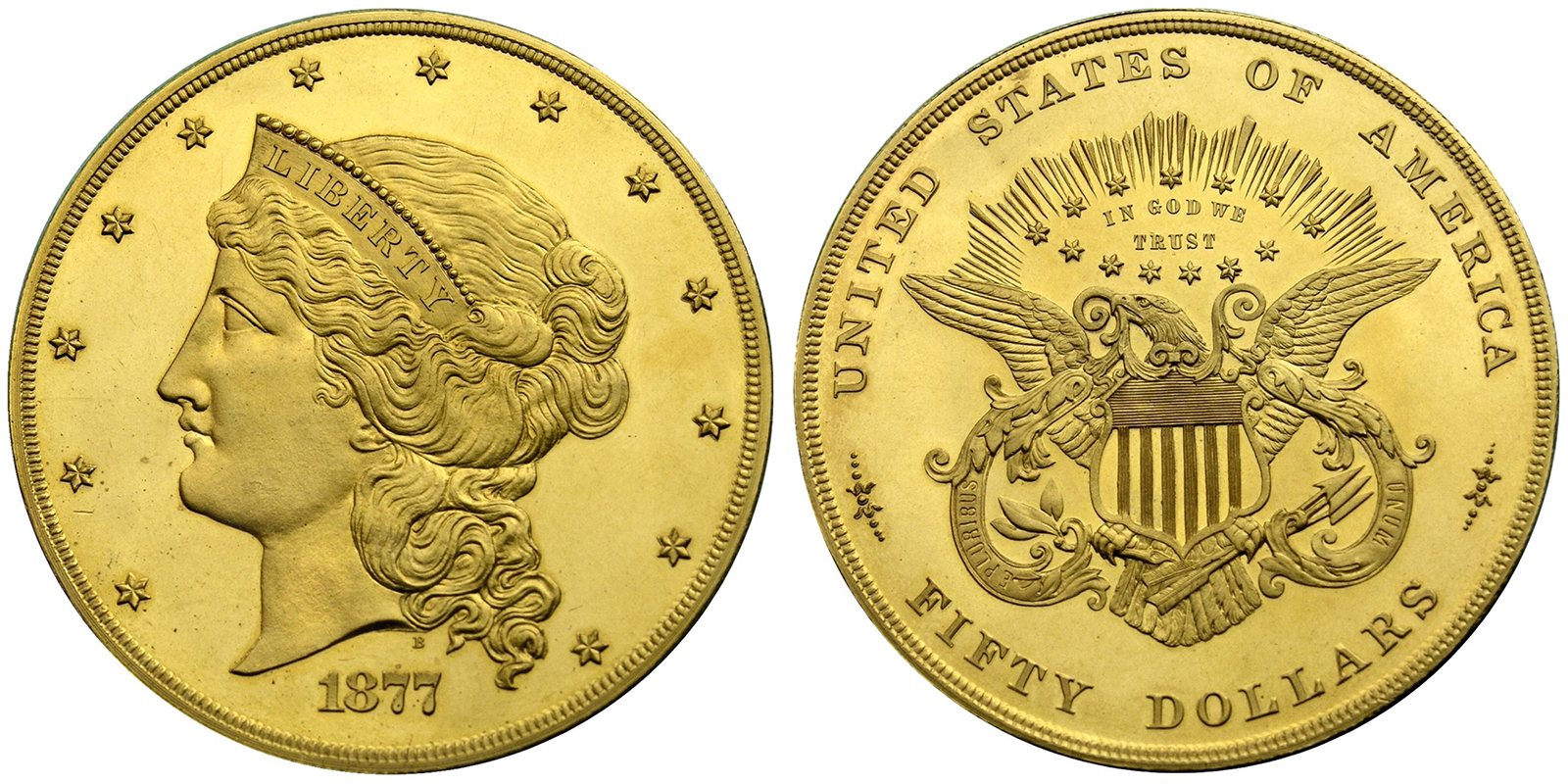In the annals of American history and numismatics, the year 2000 marked a significant milestone as New Hampshire, the “Granite State,” left an indelible mark with its entry in the 50 State Quarters Program. More than just a coin, the 2000 New Hampshire Quarter encapsulates a narrative of rugged landscapes, enduring mottos, and a once-iconic rock formation that stood tall as a state symbol. So, buckle up, history buffs and coin enthusiasts, as we embark on a journey into the captivating world of this unique collectible.
Significance of the Queen’s Beasts Coin Collection
On September 9th, 2015, Her Majesty Queen Elizabeth II surpassed the reign of her illustrious great-great-grandmother, Queen Victoria, to become Britain’s longest-reigning monarch. To honor this remarkable achievement and commemorate Elizabeth’s 60-plus years as ruler of the United Kingdom, The Royal Mint announced their magnificent “Queen’s Beasts Collection” in early 2016–a unique celebration for an unparalleled legacy!
The Queen’s Beasts have been a royal tradition since 1953, when ten statues were placed outside Westminster Abbey for the coronation of Queen Elizabeth II. Now, these majestic creatures have been made into some of Britain’s most eye-catching coins. The Royal Mint has issued gold and silver coins featuring each of the ten Beasts since 2016. Each coin features a stylized version of one of the heraldic Beasts and is minted using British gold for an extra touch of luxury.
Why and How Does Silver Tarnish?
When you purchase a fine silver item or a piece of jewelry, you expect it to be an investment that stands the test of time. Silver, a popular and budget-friendly option when compared to platinum or white gold, is a go-to jewelry metal for when you want a glamourous piece that doesn’t break the bank.
However, as is the case with all metals, silver tarnishes, sometimes faster than you’d expect it to. Tarnishing is not exclusive to low purity silver–even sterling silver will tarnish. Let’s explore why silver items tarnish and how you can slow down the process, clean your silver, or get tarnished silver off your hands.
Common Coins Gold Guys Sees
Gold has been a treasured precious metal throughout human history. Even dating back to ancient times, it has held a significance of beauty and status that set it apart from all other precious metals. Gold was also the metallic basis of many circulating coins through the early 20th century.
In today’s world, gold coins are at the top of almost every coin collector’s or coin investor’s want list. Some are more likely than others to be found in circulation. One collection of coins the experts at Gold Guys commonly see is the American Arts Commemorative Series.
American Arts Commemorative Series Medallions are a series made up of ten gold bullion medallions. They were produced by the United States Mint beginning in 1980 and ending in 1984. These coins were sold to compete with other bullion coins including the South African Krugerrand.
After the United States Department of the Treasury started selling portions of the national stockpile of gold, this series was first suggested by North Carolina Senator Jesse Helms. Iowa Representative, Jim Leach, proposed that the medallions portray notable American artists. The bill containing the authorizing legislation into law was signed by President Jimmy Carter on November 10, 1978, regardless of objections from Treasury officials.
Coin Lore: The Story of the Half Union 50-Dollar Gold Coin
There have been hundreds of different coins concepted and struck by the U.S. Mint over the centuries, whether to serve as a means of legal tender or simply as items of commemoration. From the American Eagle Proof coins to the Eisenhower silver dollar and beyond, U.S. history is rich with rare and unique coins – many of which are still highly sought after as collectible items today.
As extensive as the history of American coinage is, perhaps the most mysterious and legendary piece is the now often forgotten half union 50-dollar gold coin. The half union – while never having been released into circulation – is still often thought of as one of the most significant and well-known pattern coins in the history of the U.S. Mint.
Here is a closer look at the story behind the half union that makes it one of the more iconic coins in our nation’s history.





